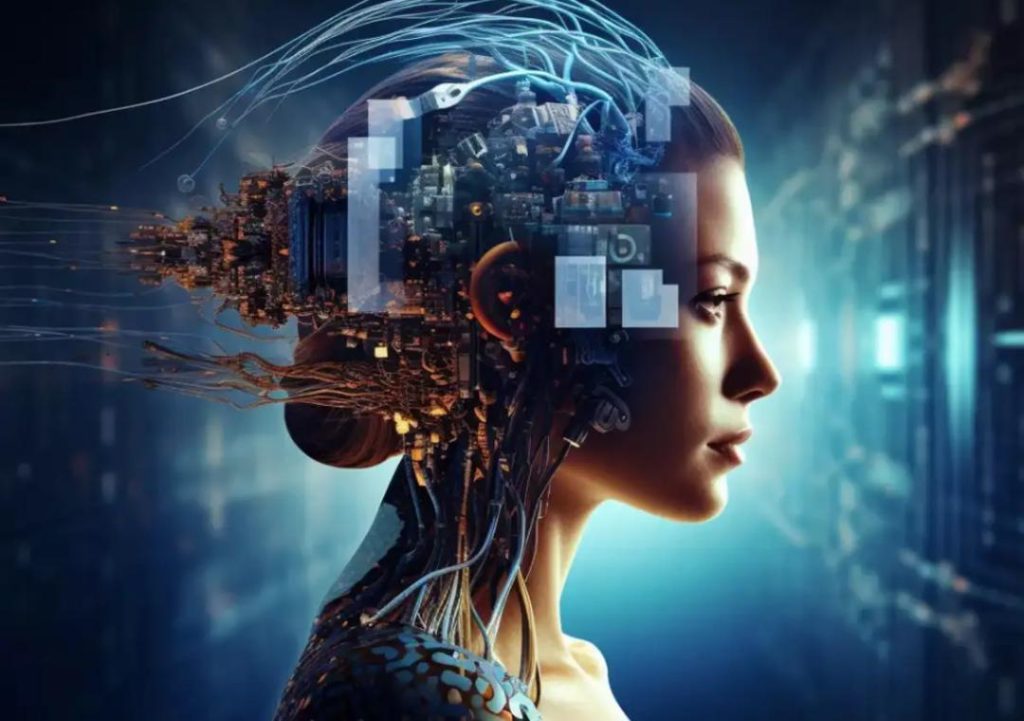
AI Logic Gets an Upgrade: Production Systems Explained
In the vast expanse of artificial intelligence (AI) research, production systems have been a cornerstone of logical reasoning for decades. These systems are designed to mimic human decision-making processes, applying a structured set of rules to a knowledge base of facts to trigger the correct action. From self-driving cars navigating complex traffic scenarios to intelligent tutoring systems guiding students through complex problems, production systems are the unsung heroes of AI’s ability to think critically.
In this blog post, we’ll delve into the world of production systems, exploring their history, benefits, and applications. We’ll also examine how these systems are being used to build more intelligent and autonomous AI systems.
What are Production Systems?
Production systems are a type of AI system that use a combination of facts, rules, and logical reasoning to arrive at a conclusion or trigger a specific action. These systems are often represented as a network of nodes and edges, where each node represents a fact or rule, and the edges represent the relationships between them.
The core component of a production system is the production rule, which is a simple “if-then” statement that describes a specific condition and the action that should be taken if that condition is met. For example, a production rule might state: “If it is raining, then take an umbrella.”
Production systems work by matching the current state of the world against the production rules, and then triggering the actions specified in the rules that are matched. This process is repeated continuously, allowing the system to adapt to changing circumstances and make decisions based on new information.
History of Production Systems
The concept of production systems dates back to the 1950s, when computer scientist Edward Feigenbaum developed the first production system, called OPS5. OPS5 was designed to perform tasks that required logical reasoning, such as solving problems in mathematics and science.
In the 1980s, production systems gained popularity as a way to build expert systems, which were designed to mimic the decision-making abilities of human experts. These systems were used in a variety of domains, including medicine, finance, and manufacturing.
Today, production systems are used in a wide range of applications, from autonomous vehicles to intelligent tutoring systems. They are also being used to build more intelligent and autonomous AI systems, such as those used in robotics and natural language processing.
Benefits of Production Systems
Production systems offer several benefits that make them an attractive choice for building AI systems. Some of the key benefits include:
- Flexibility: Production systems can be easily modified or updated by adding or removing production rules.
- Scalability: Production systems can handle large amounts of data and scale to meet the needs of complex applications.
- Transparency: Production systems provide a clear and transparent record of the reasoning process, making it easier to understand how decisions are made.
- Consistency: Production systems can ensure consistency in decision-making, reducing the risk of errors or biases.
Applications of Production Systems
Production systems have a wide range of applications in AI, including:
- Autonomous Vehicles: Production systems are used in self-driving cars to evaluate traffic scenarios and make decisions about speed and direction.
- Intelligent Tutoring Systems: Production systems are used in intelligent tutoring systems to guide students through complex problems and provide personalized feedback.
- Natural Language Processing: Production systems are used in natural language processing to analyze and understand human language, and to generate responses to user input.
- Robotics: Production systems are used in robotics to control and coordinate the movement of robots, and to make decisions about tasks and goals.
Challenges and Limitations
While production systems offer many benefits, they also have some challenges and limitations. Some of the key challenges include:
- Complexity: Production systems can become complex and difficult to maintain, especially as the number of production rules grows.
- Scalability: Production systems can become slow and inefficient as the size of the knowledge base grows.
- Lack of Common Sense: Production systems can struggle with common sense and real-world knowledge, leading to unexpected errors or biases.
Future of Production Systems
As AI continues to evolve, production systems are likely to play an increasingly important role in building more intelligent and autonomous systems. Some of the key trends and developments that are shaping the future of production systems include:
- Machine Learning: Production systems are being combined with machine learning techniques to build more flexible and adaptive AI systems.
- Knowledge Graphs: Production systems are being used to build knowledge graphs, which are large-scale networks of facts and relationships.
- Explainability: Production systems are being designed to provide more transparent and explainable decision-making, making it easier to understand how AI systems make decisions.
Conclusion
Production systems are a powerful tool for building AI systems that can think critically and make decisions based on logical reasoning. By combining a structured set of rules with a knowledge base of facts, production systems can trigger the right action in a wide range of applications, from autonomous vehicles to intelligent tutoring systems.
As AI continues to evolve, production systems are likely to play an increasingly important role in building more intelligent and autonomous systems. By understanding the benefits, limitations, and applications of production systems, developers can build more effective and efficient AI systems that can make a real-world impact.
References





